 The highest performing companies the world over are without exception those that invest strategically in recruiting, developing and retaining the best talent possible. These organisations – dubbed “learning organisations” by author Peter Senge, in his seminal work The 5th Discipline – understand that the secret to long-term, prolific success (and indeed survival) lies in building cultures that embrace curiosity, knowledge sharing and insatiable self-development, at an individual, team and company-wide level.
The highest performing companies the world over are without exception those that invest strategically in recruiting, developing and retaining the best talent possible. These organisations – dubbed “learning organisations” by author Peter Senge, in his seminal work The 5th Discipline – understand that the secret to long-term, prolific success (and indeed survival) lies in building cultures that embrace curiosity, knowledge sharing and insatiable self-development, at an individual, team and company-wide level.
When times are tough, training plans are often the first to get cut or deprioritised. And when times are good, there are still a few who consider education as nothing more than an annoying cost line item. Both outlooks are borne out of naïve short-termism at best, or a painfully outmoded view of employees as raw materials.
In simpler terms, the companies that will win time and time again are those that view money spent on training as a critical investment in their most valuable resource, and not merely a necessary cost of doing business.
The TTT Pyramid: Transformation Through Training
At Red & Yellow, we embrace a medium-to-long term (3-to-7 years) philosophy to training that delivers against short-term development and transformation (B-BBEE and diversity) goal, whilst simultaneously building the foundations for management- and succession planning at an organisation level, and focused, targeted career-path planning at an individual level. Enter: the TTT Pyramid.
How the TTT Pyramid works
This hierarchical view of the organisation draws on the full range of available accredited and unaccredited learning programmes, each with its own specific educational, B-BBEE, tax and Seta-funding benefits. It allows HR, Learning & Development (L&D) and management to transpose and link individual career path planning with the company’s strategy and goals.
Implementation will naturally involve some upfront thought and work, but the benefits of even a rough-and-ready 5-year plan are tremendous:
- Businesses can start developing now for skills, roles and diversity that it knows it will need in the years ahead. Technical skills may change over time, but every single company in existence will need strong managers – at every level – in the future.
- Using even basic, conservative financial forecasts, training budgets and B-BBEE Skills Development targets can be extrapolated 5 years into the future. Even “back of the matchbox” budgets for training in Years 3 to 5 are incredibly helpful in empowering HR or L&D Managers to build training programmes now that will mature and deliver critical skills when they are needed.
- A hierarchical view of training, starting with bursary student and learners before they join your company, all the way through to your Executive team, enables businesses to develop a multi-year “Academy” view of their training plans and structures.
- Starting in Year 1 with a rough outline of what the company’s Academy could look like, a series of foundational learning programmes can be developed at each level of the hierarchy. These programmes can be improved and repeated annually, but will not necessarily need to be re-invented each year. This simple proactive step will allow HR and L&D Managers to be far more proactive in Years 2 and onwards when it comes to planning and notifying employees well in advance before each programme starts. No more reactive, 11th month of the year scrambling to spend unused budget!
- Career planning, promotions, salary increases and incentives, and employee retention can all be far more closely coupled to training. For instance, a middle-manager may need to complete the organisation’s structured annual Management Development programme before she is eligible for promotion to senior-management and commensurate salary increase, and her retention can be secured with a commitment to refund the cost of the training should she leave within a certain period of time after completing it. If she and her peers know that the programme runs periodically, and that there is competition for seats (and promotion), the programme becomes a highly motivational benefit in itself and incentives and rewards high performance.
The TTT Pyramid – or a similar medium-to-long term view of development and its goals across the organisation – not only promises to save considerable time, effort, stress and expense for companies, but also to foster a culture of proactive, focused learning that delivers on medium- and long-term goals and ensures that businesses develop and retain the best people that they possibly can.
If you aren’t already thinking of future training needs alongside your strategic goals and ambitions, now is a very good time to start doing so!
Skills Development and Corporate Training at Red & Yellow
Red & Yellow’s educational offering, across all delivery formats, is designed and developed to equip individuals – from school-leavers right through to seasoned executives – with the knowledge, uniquely human skills and practical know-how necessary to grow careers and build successful organisations. Our deep knowledge of the B-BBEE landscape allows us to build and deliver impactful training for businesses in a way that maximises bang for buck and drives meaningful transformation.
Get in touch today to arrange a meeting with one of our expert consultants.



